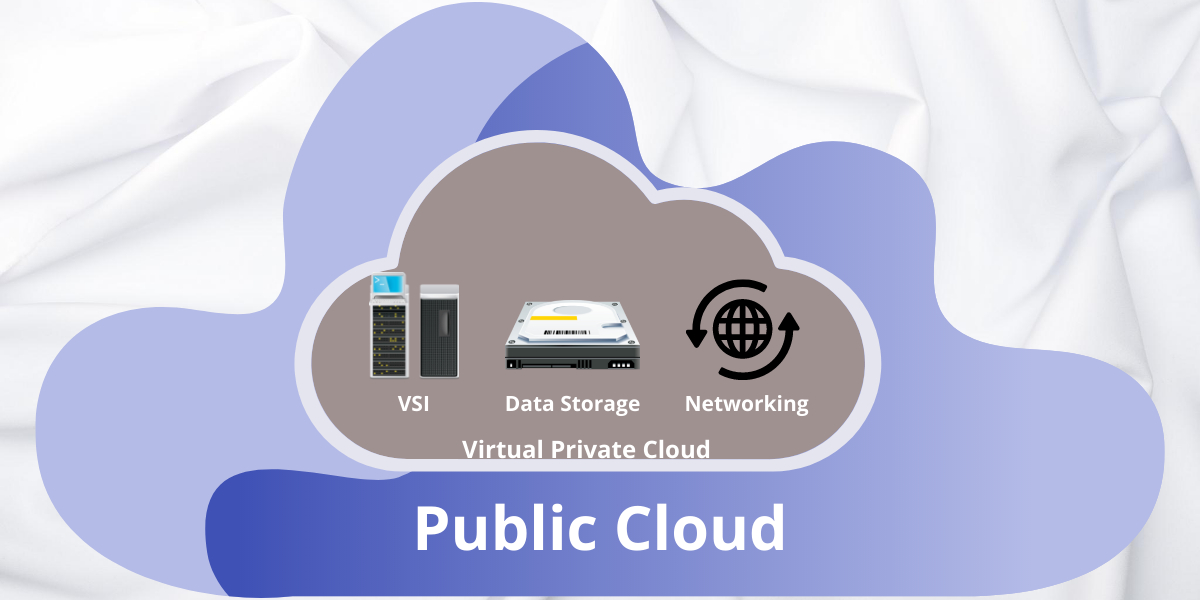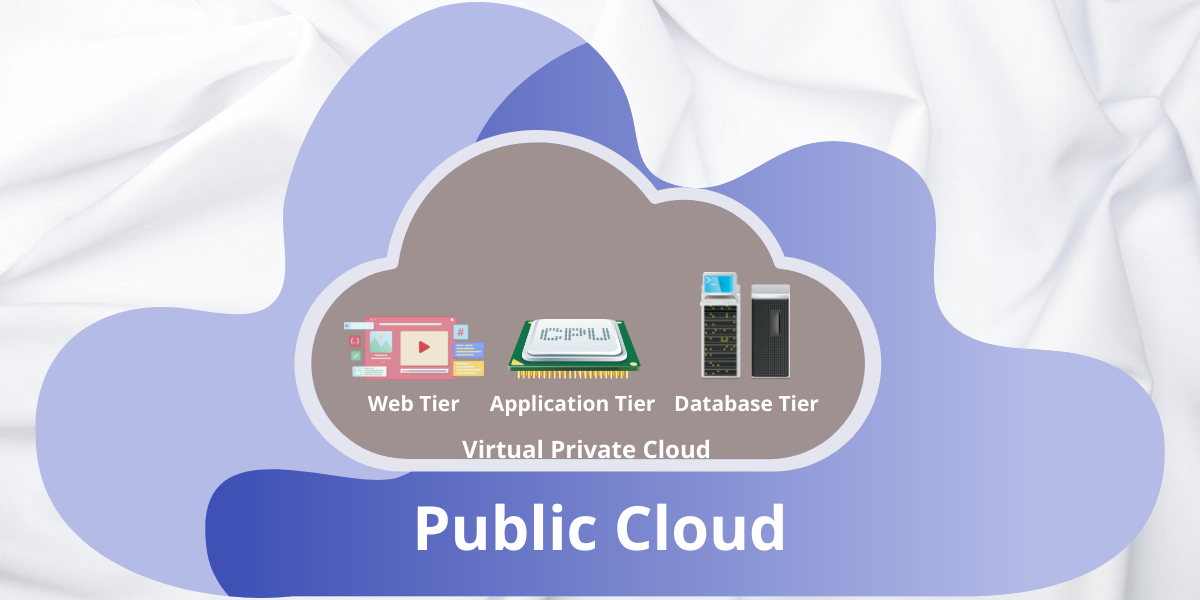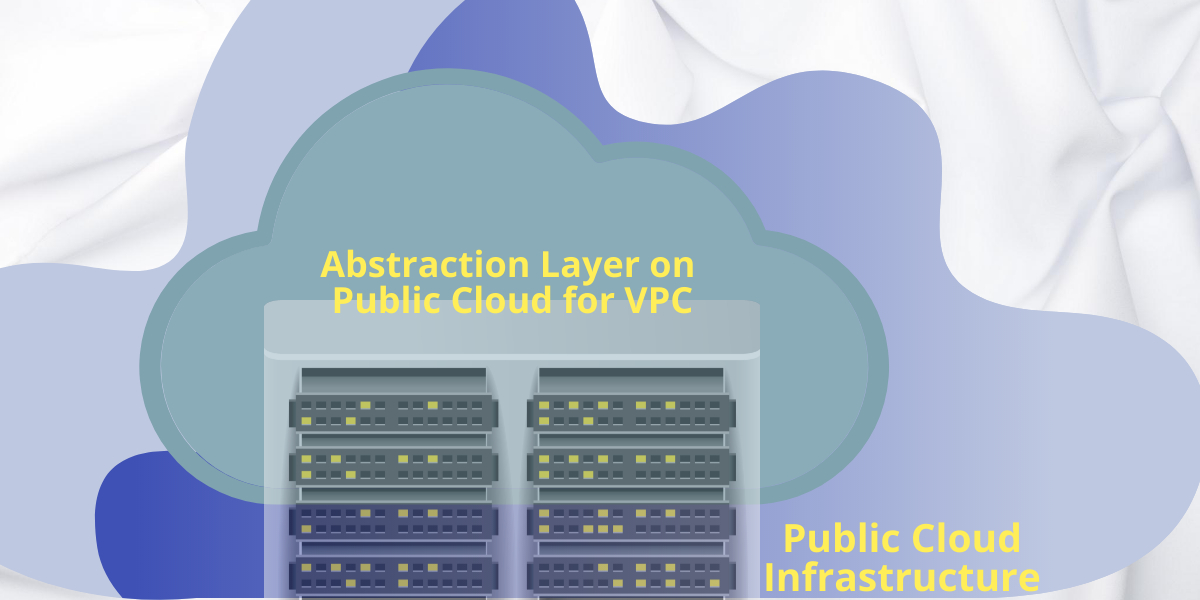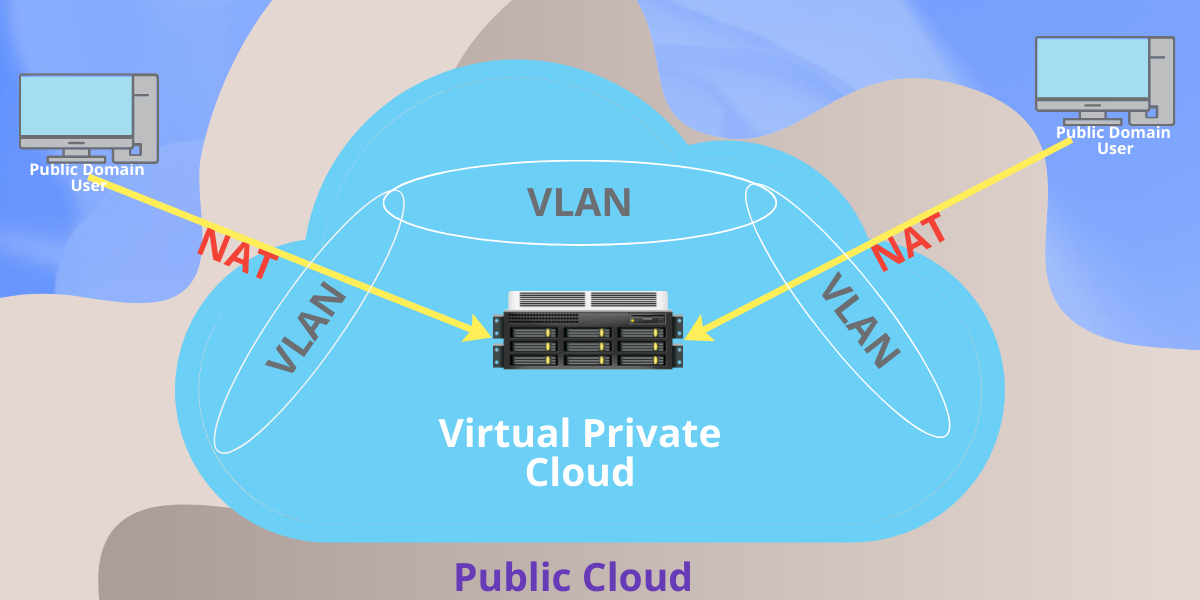Geekflare is supported by our audience. We may earn affiliate commissions from buying links on this site.
Virtual private cloud (VPC) is a cloud computing standard for securing cloud apps in a public cloud environment.
If you are a cloud computing enthusiast or technology learner, you must have heard of the term Virtual private cloud (VPC.) It refers to the booming resource-sharing cloud computing technology.
Gone are the days when IT enterprises used to depend on the private cloud for data security. The scenario has changed with the emergence of advanced cloud security protocols. Now, many users go for the public cloud for savings and scalability when they need to use cloud resources.
Continue reading this blog to know more about the technology and its functionalities.
Defining a Virtual Private Cloud (VPC)
First, let’s look at its detailed definition to understand the concept. Virtual private cloud or VPC is a cloud resource-sharing standard. VPC will ensure security and data operations throughput like a private cloud, even if you use any crowded public cloud environment.
For example, imagine the public cloud as a restaurant with hundreds of others dining there. Here, a VPC is equivalent to a private chamber that you can use with your family and have privacy and security within a public premise.
The reason behind its popularity is manifold. Some of the perks of using VPC are minimal IT infrastructure cost, on-demand resource scaling (up and down), and virtually zero downtime due to maintenance.
Moreover, The process for setting up a private cloud-like computing system for various types of websites and applications (web, mobile, or desktop) is super easy. You can also set it up on a public cloud ecosystem managed by a third party.
A VPC is a perfect solution for cloud users who want complete control over their software-as-a-service (SaaS) apps and prefer powerful customization options. The reason is the segregation of their cloud assets from other cloud users. Furthermore, modifications that VPC users make don’t interfere with the settings or assets of non-VPC users.
VPC ensures the security of VPC users by allowing access to their digital assets only through some particular IP addresses. The users can control access permission and assign apps or website access permission to a trusted group of public cloud users.
How to Construct a VPC
A VPC architecture consists of multiple cloud resources. It’s more or less similar to a home computing system. The only difference is it exists in the cloud.
Here are the cloud resources of a VPC:
- A virtual server instance (VSI) creates the compute resources. It comes with specific processing power and memory.
- The logical instance assists in data communication. This instance is known as networking. It allows end-users to access the cloud apps or tools they own.
- A flexible storage resource for data storage. You may scale up or scale down your storage quota based on the changing needs.

The VPC networking system uses various complicated and robust protocols to perform different actions. For instance, tool users can access the public gateways using the internet, which is a public-facing network.
In the VPC architecture, there are also elements like load balancers that distribute the incoming traffic to different VSIs. As a result, the network can positively impact the operation and performance of the tool. VPC also uses routers for internal communication between segmented works and bring traffic. It ensures that the external traffic gets to the public-facing apps.
The logical instances or cloud resources of a VPC remain segregated from the remaining public cloud. To keep the logical instances isolated, the cloud computing vendor uses various virtual and physical mechanisms.
The data within a VPC operates through a three-tier architecture where all the tiers need their own subnet. For this reason, each tier gets dedicated IP address ranges.

Moreover, the application layers have their own access control list (ACL) through which users can control access to various parts of their cloud asset.
The tiers of virtual private cloud are:
- The presentation tier: It’s also known as the web tier that receives the requests from the end-user and provides the requested data.
- The application tier performs the most computation tasks and contains the business logic.
- The database tier: It has a database server where it contains the data of the application tier.
How to Isolate a VPC
By generating a virtual layer on public cloud hardware, a VPC keeps partial processing storage, capability, and memory for itself. It’s possible to create several VPCs based on the power of public cloud infrastructure. Thus, a virtual private network (VPN) keeps its user data and the data processing methods separated from other public cloud users.

You can ensure the secured and isolated data transmission by these networking components:
#1. Network Address Translation (NAT)
All the cloud-based tools located on the VPC uses separate private IP addresses to transmit data. Thus, the public-facing connection becomes impossible for any VPC-hosted app unless you use NAT to overcome this obstacle.
When someone attempts to access your app, NAT will ensure safe communication between private and public domains. It does so by matching the predefined public IP with the private IP.
#2. Virtual Local Area Network (VLANs)
The function of VLAN is to split the public cloud network into an isolated and reserved network. The data link layer of the OSI model is the place where splitting occurs.
In a VPC environment, Your systems will communicate via a VLAN system. Hence, it’ll stay separated from the other components of the public cloud.

#3. Virtual Private Networks (VPNs)
VPN is the most popular of the protocols that develop a private networking channel on a public network.
VPC uses the public cloud network to transmit data between the nodes or cloud assets. But, it utilizes the VPN technology for data encryption while transmitting through shared resources such as routers, switches, etc.
#4. Private Internet Protocols (Subnet IPs)
A VPC also contains some private IP addresses. To access it from a public-facing internet, you need access permissions. Hence, you can’t obstruct the data transmitted through these IP addresses.
Conclusion 👩💻
To sum up, a virtual private cloud (VPC) is a private cloud computing environment located within a public cloud. Besides flexibility, it offers you scalability, reduced risk, and minimum downtime. If you prefer cloud-based service, VPC is an affordable option for you if you want your network infrastructure to expand along with your business growth.
Cloud computing is becoming more secure as time passes and new technologies emerge. Learn more about challenges and risks in cloud computing to keep your cloud assets safe.



